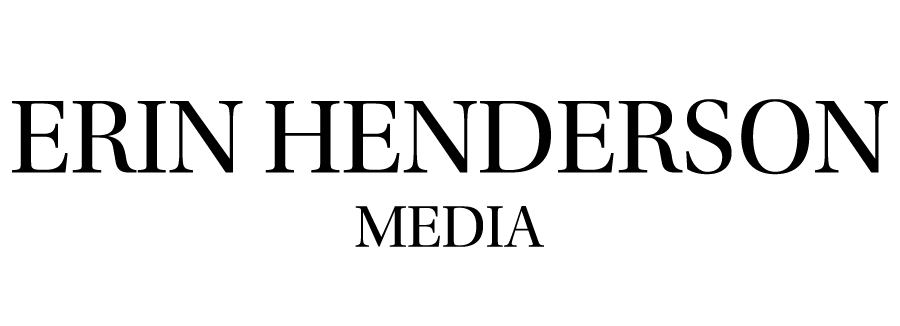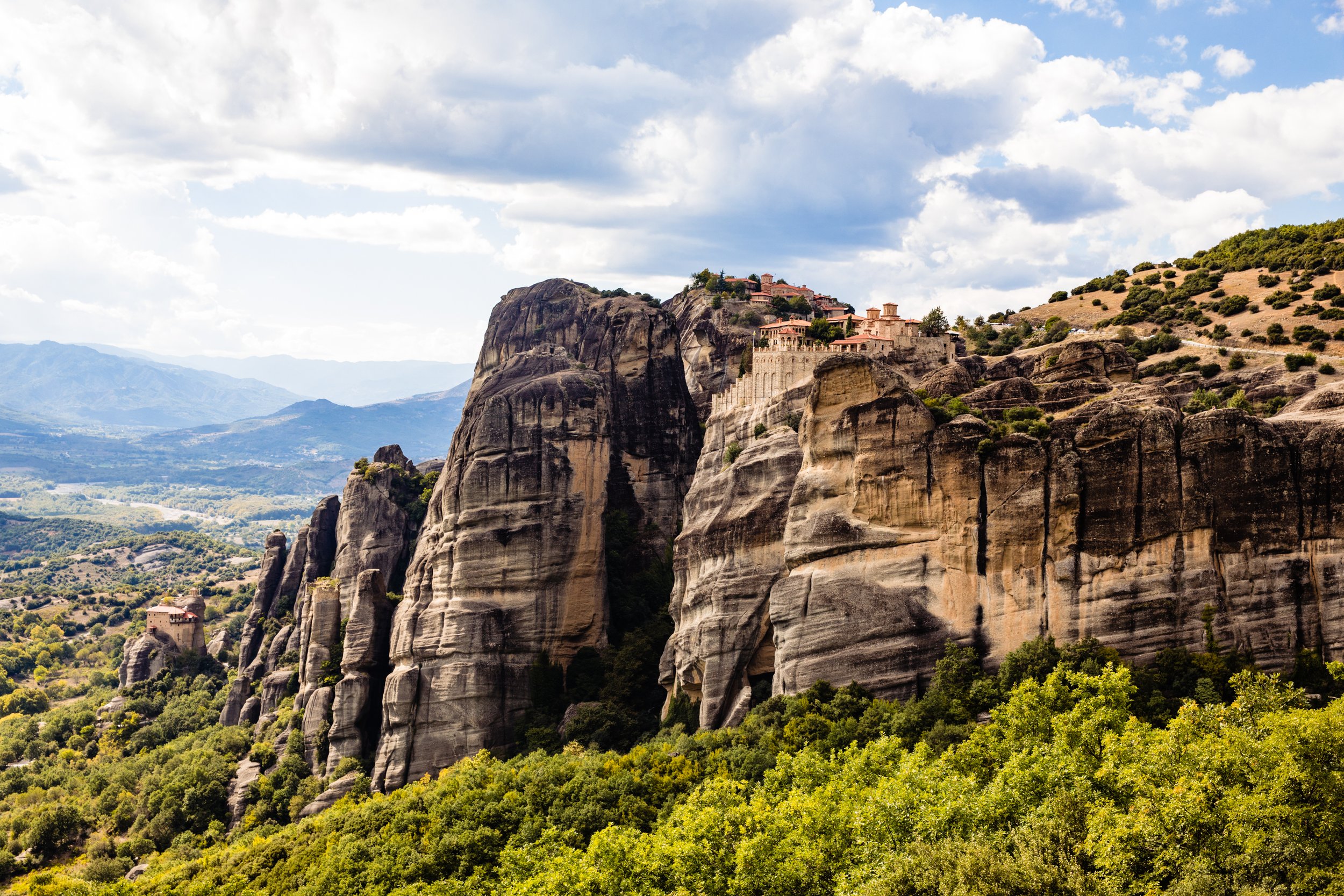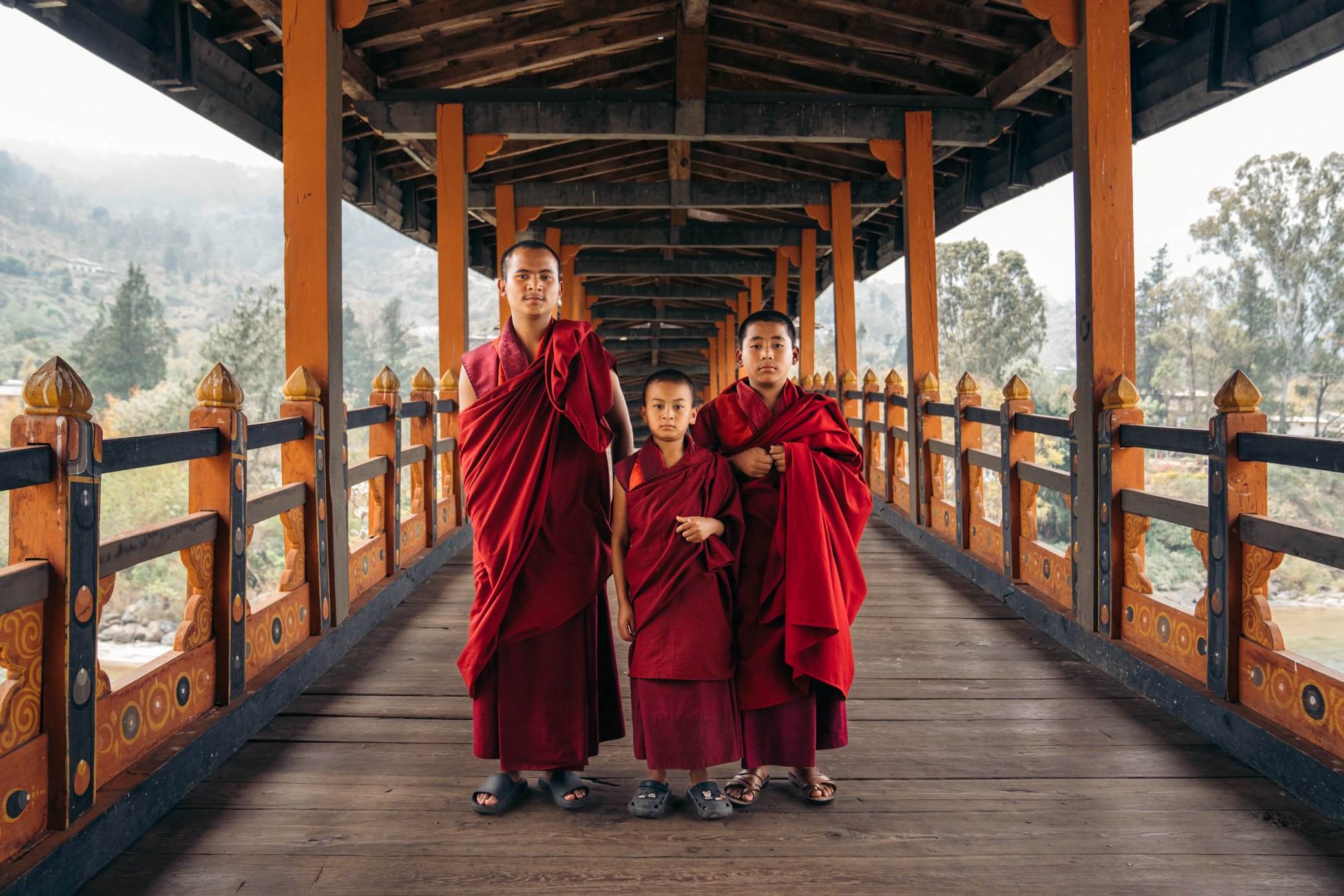Best Lens for Travel Photography
What is the best lens to use for travel photography? Honestly, the answer will vary according to your shooting style and preferences. However, if you are just starting and are looking for a lens that will give you the greatest flexibility and take up limited room in your travel bag, my suggestion will always be the 24-70 mm f2.8. If the 2.8 is slightly out of your budget, consider the 24-105mm f4 (great to have the longer focal length, but not great in low light conditions). Other options are to look into third-party lenses such as Sigma or Tamron, which offer the same lenses as your camera manufacturer at a much more adorable price point, or buy the lens used through a reputable dealer or seller. I have had great luck with the open-box lenses from Adorama or B&H Photo.
The Sony A1+ 24-70mm f2.8
Pros of the 24-70mm f2.8
The 2.8 allows you to photograph (or video) in low light conditions. The 2.8 aperture of the lens is a game-changer when it comes to low light conditions. It allows you to capture stunning photos or videos even in challenging lighting, making it a valuable asset for any travel photographer.
The variable focal length allows you to photograph landscapes, people, food, and more with one lens. With both camera systems I have used (Canon and Sony), I have always had a 24-70mm f2.8 lens in my kit because of its versatility.
One of the advantages of this lens is its substantial resale value. If you take good care of it and find that it doesn’t suit your style in the future, you can typically sell it for up to 75% of its original price. This makes it a smart investment for any travel photographer.
Captured with the Sony 24-70mm f2.8
Cons of the 24-70mm f2.8
The 24-70mm f2.8 can get a bit cumbersome to carry around all day, so if weight (1.9 pounds) is a deterrent this is something to consider. I use holsters such as the HoldFast money maker harness or camera bag clips to carry my gear around while I am photographing.
The 24-70mm f2.8 is a pricey lens and quite an investment. If you aren’t ready to spend $2,000 on a new lens, the options I mentioned above (used, off-brand etc) are worth considering.
70mm isn’t much of a zoom if you are trying to capture an object, sports, or wildlife far in the distance. You would want a longer focal length for distances farther away to make your subject appear closer and more prominent in the frame.
Captured with the Sony 24-70mm f2.8
Captured with the Canon 24-70mm f2.8ii
Captured with the Sony 24-70mm f2.8 at 24mm
The 24-70mm f2.8 is always in my camera bag when traveling, but I utilize other lenses. As you continue photographing and developing your style, you will find what lens works best for you. I encourage you to rent different lenses through companies such as Lens Rentals (save $25 on your first rental) or your local camera store if they offer a rental service. You may prefer photographing at night and need a faster prime lens that provides more light, such as the 35mm f1.4, but you won’t know this until you get out there and photograph as much as possible. When I started, I rented, bought, and sold many lenses as I developed my style. What lens works well for one photographer may not be what works for you. Rent what you can, and when you think you are ready to invest, make sure it’s a lens that you know fits your photographic style.
Captured with the Sony 24-70mm f2.8
Captured with Sony A7Riii + Canon 24-70mm f2.8 (with adapter)
*Should you make a purchase using any of the links above, I may receive a small commission at no cost to you. Thank you for supporting my blog!
Find this article helpful? Pin this for later!









